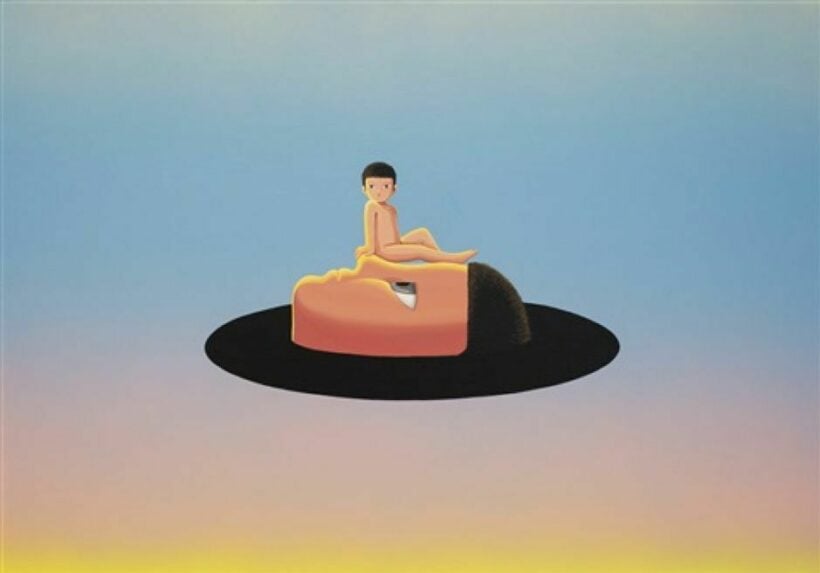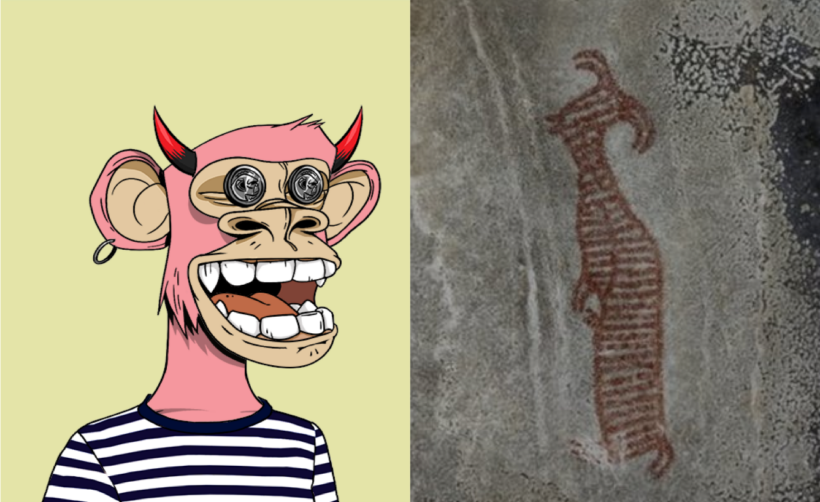But is it art? Thailand’s NFT makers turn pixels into profit

Visitors to Than Bok Khorani National Park stand at one end of a 3,000-year continuum of creative endeavour that extends from the dusty dank caves of Krabi to the high-class sale rooms of Bangkok.

When Pablo Picasso died in 1973 at 91, he is estimated to have completed 13,500 paintings (not sketches and cartoons, actual paintings) and around 100,000 prints and engravings. Most artists of the period were similarly prolific, though not so long-lived.
Today, you can find a Picasso in any charity shop or thrift store. His work is widely copied, imitated, and forged. But what is real and what is fake, forgery or amateur daubs? Key to understanding whether a work of art is genuine or not is the question of provenance.
Provenance refers to the history of the ownership of a painting or other work of art. The objective is to trace the ownership of the work from the artist’s studio to the auction room in a continuous sequence of owners. Provenance means documentation, but documents can be falsified.
This process was difficult enough when “art” generally consisted of things like pictures and sculptures, but today art can mean anything from a gift-wrapped bridge to a pixelated screenshot of a 1980s video game, according to a story by Nikkei Asia.

If you don’t understand NFTs – non-fungible tokens – you are not alone. The NFT market is not very different from the “real” art market. An NFT is not a work of art: it is the history of the work’s ownership, or its “provenance”. An NFT is thestory of who owned the work and when. It is stored in Blockchain as not much more than a list of transactions. In reality, it is much the same as conventional provenance.
- 1503-1517 Mona Lisa Created by LdV
- 1517 Mona Lisa Owned by Salai
- 1518 Mona Lisa Owned by King Francis I of France
There is a big difference between the Mona Lisa and a screenshot of the Mona Lisa. It is easy to tell which is the picture and which is the screenshot in the case of an actual painting, but when it comes to today’s art, one bunch of pixels that resemble a big-eyed simian is quite similar to any another, unless it comes with Blockchain provenance.
In a recent auction at Bangkok’s EmQuartier mall, lots were displayed with widescreen monitors. They were not physical art but NFTs created by the technology company BitKub from the work of emerging young artists.

Prices remained within presale estimates, mostly between US$3,000 and US$20,000, but the Thai art market is suddenly on the move. For example, prices for works by rising superstar Gongkan have increased as much as tenfold, in part because Apple CEO Tim Cook purchased a Gongkan piece when traveling in Thailand. Driven by the sudden emergence of newly wealthy young collectors, demand is strong.

“This is a social phenomenon for sure, a long time coming,” said Kittiporn Chaleechan, president of the Association of Thai Art Collectors.
Kittiporn recently gave a talk at the Pompidou Center in Paris explaining Thailand’s small-but-varied art scene. One recent association member has acquired more than 1,000 pieces.
Sotheby’s and Christie’s used to hold occasional auctions in Bangkok, but both have long abandoned Thailand, mainly for Hong Kong, where the record price for a Thai artist, abstract “master” Thawan Duchanee, was a mere 26 million baht (US$690,000), until last when River City mall was revamped as a venue for galleries and arts-related shops. The first sale as the Art Auction Centre, raised 51.5 million baht (US$1.4 million), and the second 72 million baht.
Piriya Vachajitpan, the partner in the River City Auctions, said…
“Now collectors think as investors. Auctions attract a younger generation who want to acquire things quickly, not stand in queues. Even teenagers in Thailand today are spending more time at exhibits or getting art exposure through social media.”

Latest Thailand News
Follow The Thaiger on Google News:


























